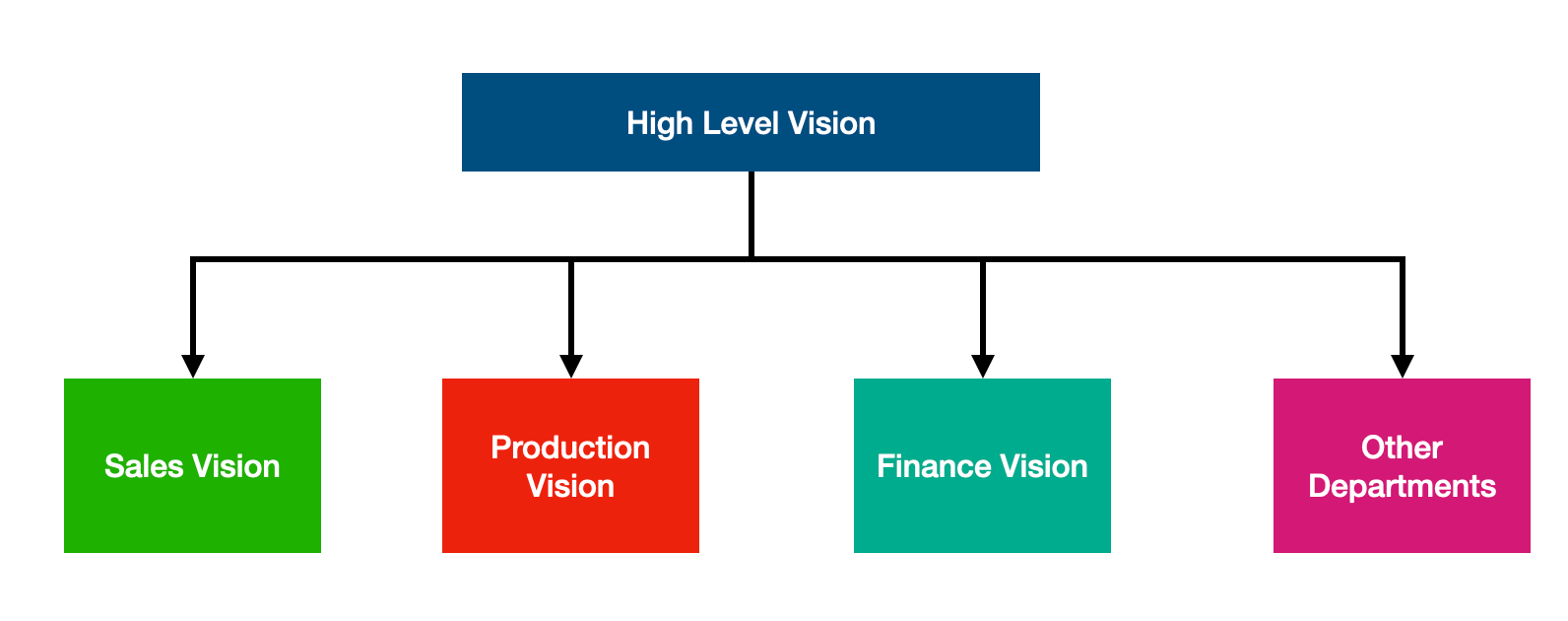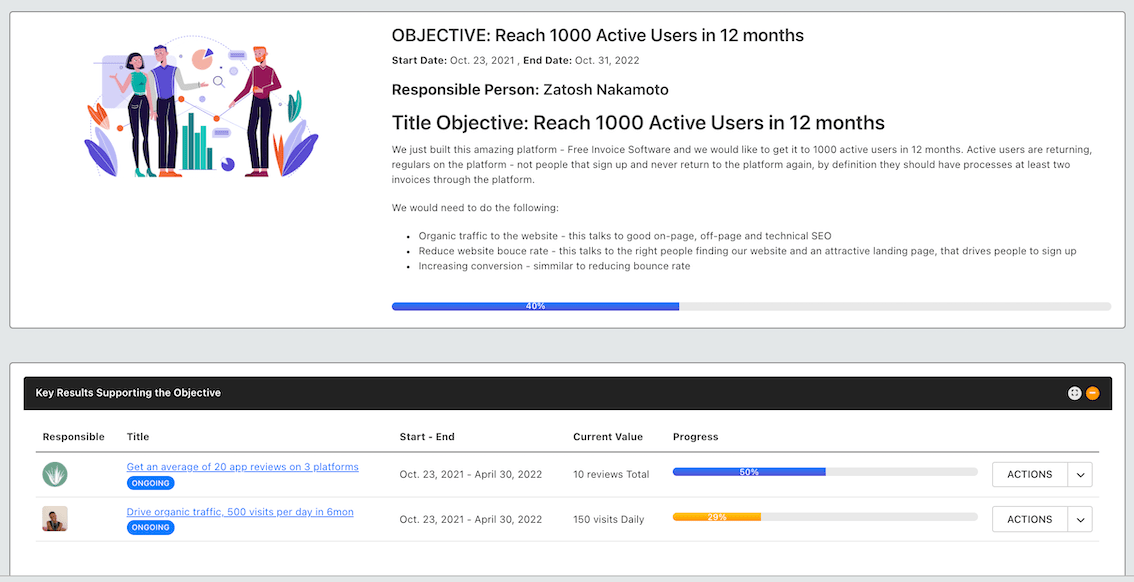The key components of a successful business strategy
In this blog we are going to discuss the key components of a successful business strategy and how you can start developing a business strategy to ensure that you build a sustainable and solid business.
A business strategy is an action plan that outlines how a company plans to achieve its desired outcomes. It includes the company's goals, the methods it will use to achieve them, and the resources it will need.
A successful business strategy is important for a number of reasons. First, it can help a company focus its efforts and resources on areas that will have the greatest impact. Second, it can help a company stay ahead of its competitors and respond to changes in the market. Third, a well-executed strategy can improve a company's bottom line.
There are a number of key components to a successful business strategy. These include:

- Defining your goals
- Determining your competitive advantage
- Developing a plan of action
- Mobilizing your resources
- Tracking your progress
Key Components to a Successful Business Strategy: Defining your Goals
Defining your goals will help you to develop a plan of action to achieve them. You need to be very clear about what you want to achieve and how you plan to do it. Your goals also need to be measurable, so you can track your progress and ensure you are on track.
A well known and trusted framework for goal setting is SMART goal setting - You can read more about SMART goal setting here. This is a good place to start in your goal-setting journey.
Determine your competitive advantage
To determine your competitive advantage, you need to ask yourself four questions:

What do you do better than anyone else?
Your competitive advantage could be that you are the best at customer service, or that you have the lowest prices. Whatever it is, you need to make sure that you are the best at it.
What do you do that is unique to you and your company?
Your competitive advantage could also be something that is unique to you. Maybe you have a patented product or you have a unique sales process. Whatever it is, make sure that it is unique to you.
What are your strengths?
Your strengths could be your biggest asset. Maybe you are great at marketing or you have a great team. Whatever it is, make sure that you are using your strengths to your advantage.
What are your weaknesses?
Your weaknesses could also be your biggest asset. Maybe you are not great at customer service, but you are great at product development. You need to find a way to turn your weaknesses into strengths.
At his stage you might also want to complete a SWOT analysis. SWOT stands for: (1) Strengths, (2) Weaknesses, (3) Opportunities and (4) Threats. It is not enough to understand only your strong points and what you are good at, to be complete you must be honest about your weak points and what you are not good at.
Then develop clear objectives to help you deal with your weaknesses and threats, or play in a field where they are not going to affect your chances of success.
Develop your Plan of Action
A clear business vision is a pre-requisite in to any business goal-setting process. Your vision should be something that inspires you and your team, and helps you to stay focused on your goals. It should also be realistic, so you don’t set yourself up for failure.
Define where you want to be as a business, then break that down in to departments such as: (1) Marketing, (2) Management, (3) Product, (4) Sales, (5) Finance, (6) Quality, (7) Production, (8) Human Resources etc.

Get Practical - Define, Measure and Track your Progress
Once you have decided on your business vision and departmental visions, you can translate that in to actionable, measurable objectives and key results.
For example, your business might have a vision that says “our vision is to become market leaders and grow market share by 20%”.
This is a good vision and something to inspire your team as a target to reach. It is measurable, you can measure where you are now and where you need to be, is is objective and attainable - meets the SMART standards.
However - it is not practical to manage on a daily basis, and you cannot simply set this vision and work hard everyday to achieve it, you need to break it down even further in to bite-sized objectives and key results that you can track almost on a weekly basis.
Create Objective Key Results OKRs
This is where Objectives Key Results come in, and especially the software for OKRs.
You can re-write this vision as an objective, eg: Increase our weekly sales to $6million, in New York by November 2022. This is assuming, if you can reach that number in weekly sales, you would have 20% increase in market share in this specific region.
Now we have a target we can chase, that is practical for every team member to understand. You can load this objective on to Skhokho OKR software, and start developing Key Results to help you achieve it.
Key Results are the little milestones towards achieving this objectives. They should be picked in such a way that, achieving these Key Results, would result in the objective being achieved as well.
In this example, you need to break down the objective further and ask - what are the things that I need to achieve in order to increase my weekly sales? What levers, can move that target? Is it hiring more sales people, more ad spend, improved designs, more marketing and calls?
Decide what that is for your business and create targets for them. If it is making more calls: determine where you are now with respect to calls and where you need to be to achieve the objective. In most cases you will have multiple Key Results and Skhokho OKR software allows you to add all the Key Results that you need to achieve your objective.

Get started with Skhokho Goal Management with OKRs
Register for a 14 day Free trial here.









